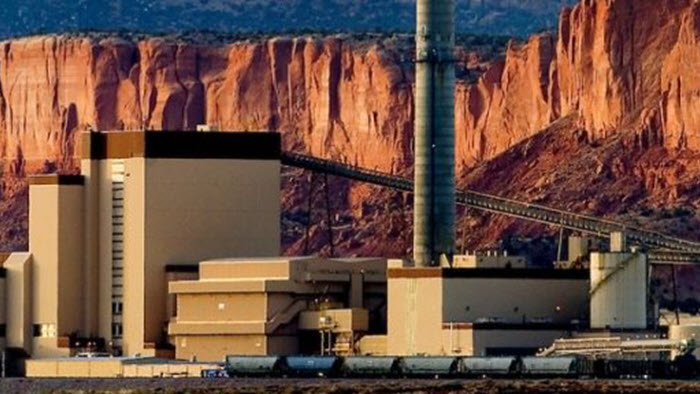
As a Department of Energy and National Nuclear Security Administration lab, Sandia National Laboratories has an enduring interest in energy security. Sandia conducts research and development for technologies related to coal and carbon capture, utilization, and storage (CCUS).
Sandia has a long history of investigating subsurface processes relevant to:
- Hydrocarbons and other forms of energy extraction
- Mining
- Storage of carbon dioxide
- Remediation of contaminants
- Storage of spent nuclear fuel
- Fundamental coupled processes for geochemistry, geomechanics, flow, and transport
Collaborations across Sandia develop novel materials, filtration processes, and techniques relevant to batteries and gas separations. The integration of these capabilities is applied to CCUS.
Sandia partners with National Energy Technology Laboratory and others to develop optimization tools for plant design and to build advanced energy conversion systems. These tools will be expanded to help develop modular coal energy production systems.
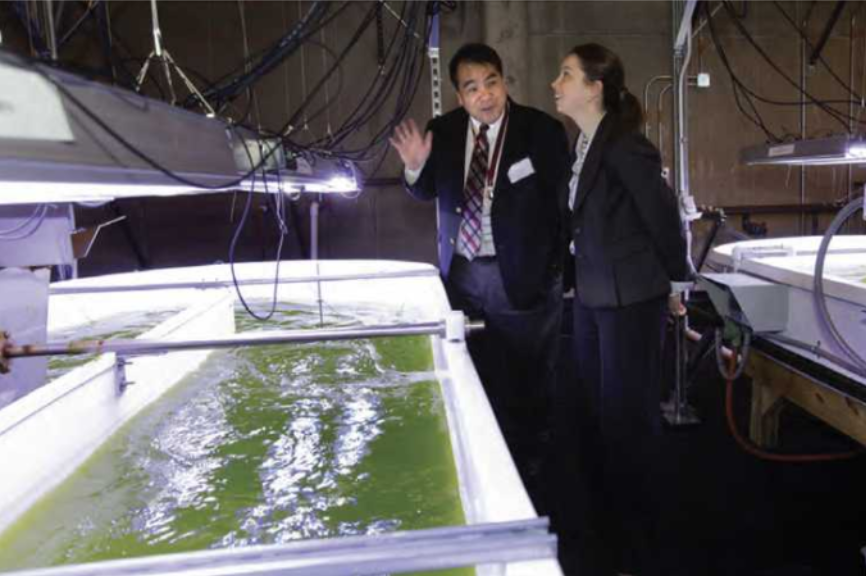
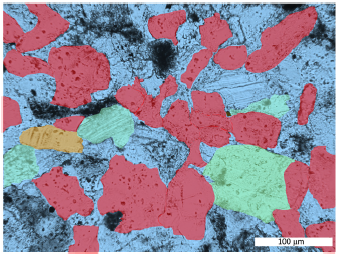
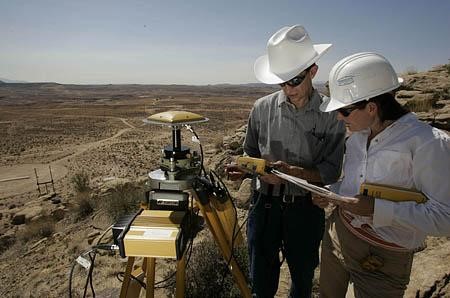
Projects
Sandia National Laboratories responds to Advanced Research Projects Agency-Energy (ARPA-E) Funding Opportunity Announcements in partnership with external institutions. In these partnerships, Sandia seeks to help companies move their technologies to commercialization stage using Sandia staff expertise and facilities. Sandia also seeks to transfer its existing intellectual property to companies for commercialization. ARPA-E focuses on transformational energy projects that can be meaningfully advanced with a small investment over a defined period of time. Their streamlined awards process enables Sandia to act quickly and catalyze cutting-edge areas of energy research. ARPA-E is a Department of Energy office tasked with promoting and funding research and development of advanced energy technologies. ARPA-E is intended to fund high-risk, high-reward research that might not otherwise be pursued.
This project focuses on boosting the reliability of characterization and prediction of the state of stress in the overburden and underburden (including the basement) in CO2 storage reservoirs using novel machine learning and integrated geomechanics and geophysical methods. We use field data and models developed by the Southwest Regional Partnership on Carbon Sequestration (SWP) for the Farnsworth Unit (FWU), a CO2 enhanced oil recovery (EOR) project in Ochiltree County, Texas, to verify the improved capabilities of our proposed methods.
The San Juan Basin CarbonSAFE Phase III project funded by the U.S. Department of Energy is performing comprehensive subsurface site characterization of a potential commercial-scale CO2 storage complex in San Juan County, New Mexico. The goal is to develop and accelerate deployment of integrated Carbon Capture and Storage technology at industrial and power generation sources such as the San Juan Generating Station. The New Mexico Institute of Mining and Technology is the project lead, and team members include other universities, national labs, and industry companies. Sandia is participating in the core analysis program and performing laboratory tests and field work to assess reservoir quality, CO2 injectivity, and caprock integrity.
This project is performing regional infrastructure characterization to support potential onshore CCUS technology deployment in the Western Region of the United States. CUSP covers all or parts of 13 states and consists of organizations throughout the western United States including academia, government agencies, national laboratories, and industry. Sandia is performing the economic assessment with a focus on emergent regional-scale economic behaviors driven by scenario options.
Geological carbon storage (GCS) technology requires the injection of large volumes of CO2 into subsurface storage reservoirs. Sandia works collaboratively with the Center for Frontiers in Subsurface Energy Security and other partners on these issues. Current challenges include:
- Sustaining large storage rates
- Using pore space with unprecedented efficiency
- Controlling undesired or unexpected behavior
- Environmentally benign methods for extracting Rare Earth Elements (REEs) from coal (by)products and for further separation of individual REEs
This project is helping gain a fundamental understanding of CH4-CO2-H2O interactions in shale nanopores under high-pressure and high-temperature reservoir conditions. Information gleaned from this project will inform future reservoir engineering for efficient shale gas recovery and subsurface carbon sequestration.
An in-situ fracture tester was developed to examine the effects of CO2 injection on caprock integrity. The in-situ tester measures the effects of different solutions and their concentrations on fracture velocities.
The Institute for the Design of Advanced Energy Systems (IDAES) specializes in the identification, synthesis, optimization, and analysis of innovative advanced energy systems at scales ranging from process to system to market. IDAES is led by National Energy Technology Laboratory, in partnership with Sandia, Lawrence Berkeley National Laboratory, Carnegie Mellon University, and West Virginia University.
Sandia is engaged in developing a detailed understanding of subsurface processes at the molecular- and nano-scales, as they relate to macro- scale observable properties relevant to fossil energy extraction, geological storage of CO2 and nuclear waste disposal. Sandia’s investigations include experimental studies and computational investigations using molecular modeling at multiple scales.
Sandia has partnered with the University of New Mexico to develop an ultra-thin enzymatic bubble-like membrane that can efficiently separate and capture CO2 from coal- and gas-fired power plants. The patented Memzyme technology has been tested in labs scale and is both 100 times faster in passing flue gas than other membranes on the market, and 10 to 100 times more selective for CO2 over nitrogen, the main component of flue gas.
This project uses an integrated experimental and modeling study as well as field observations to fundamentally understand:
- The disposition and release of complex hydrocarbon mixtures in a nanopore network of shale matrix
- Transport from low-permeability matrix to hydrofracking-induced fracture networks in various reservoir types, from black oil to dry gas
This project focused on the development of advanced materials and methods that can prevent or remediate leaks in complicated environments under a variety of pressure, temperature, and chemical conditions to ensure CO2 permanence within the storage formation.
This project extends the capabilities of a National Energy Technology Laboratory-sponsored code, MFiX, a multiphase fluid solver widely used by fossil fuel reactor communities. By interfacing MFiX to Trilinos, Sandia’s suite of high-performance computing packages of enabling technologies for modeling and simulation, the team achieved iterative performance, better computational efficiency, and better performance portability for the expensive linear solves in MFiX.
Sandia is partnering with National Energy Technology Laboratory along with other national laboratories and universities to develop tools for real-time decision-making for subsurface carbon storage. Sandia is involved in developing virtual learning and real-time forecasting environments.
The SWP is currently monitoring and characterizing injection of ~1 million metric tons of CO2 at the Farnsworth Unit, Ochiltree, Texas, a site of enhanced oil recovery and CO2 storage using CO2 captured from ethanol and fertilizer plants.
The SWP’s research encompasses the following:
- Seismic methods (e.g., 3D surface surveys, 3D vertical seismic profiling, and cross-well tomography)
- Engineering and geochemical techniques to quantify injection and production rates of fluids and the location and state of the injected CO2
- Numerical modeling and risk-performance assessment.
Sandia has assisted with assessment of caprock integrity and laboratory experiments on multiphase flow properties of the reservoir. The SWP is led by the New Mexico Institute of Mining and Technology.
Investments
Sandia is researching a thermal-to-electric power conversion technology in a configuration called the recompression closed Brayton cycle (RCBC) that uses supercritical carbon dioxide (s-CO2) as the working fluid, rather than steam, thereby dramatically increasing conversion efficiency compared to the steam Rankine cycle. The technology is being demonstrated in the Brayton Lab.
Many current biofuels use algae, which can be used to capture sun energy and convert it to oils and fatty acids. We have demonstrated the ability to:
- Cultivate a variety of commercially important algae
- Challenge algae populations with known illness vectors
- Collect, detect, and identify VOCs emitted from healthy and “sick” algae cultivation
- Process complex datasets with user-independent features to determine useful biomarkers
Sandia is conducting research into improved catalysis and dry reforming of methane. This work focuses on harvesting of wasted energy and reducing emissions of greenhouse gases during flaring of methane in oil/natural gas fields.
Sandia houses state-of-the-art geochemistry, geomechanics and materials testing laboratories with standard and custom laboratory equipment, and analytical instrumentation for the chemical analysis of water and solids. The analytical geochemistry equipment includes: UV-vis spectrophotometer, inductively coupled plasma mass spectrometer (ICP-MS), X-ray diffractometer (XRD), X-ray Fluorescence (XRF), Fourier transform infrared (FTIR) and Raman spectrometers, confocal Raman microscope, and scanning electron microscopy (SEM).
Unique geomechanics, porous materials, and IAM (Imaging and Additive Manufacturing) laboratories are capable of testing geo- and engineered-materials under wide ranges of simulated environmental conditions and complex load paths (cryogenic to geothermal; nano to core scales; creep to shock physics; 2 to 1,000,000 lbs loading ranges; uniaxial to polyaxial loading; and fracking to borehole failure). A Subsurface Characterization Report by JASON (2014) singled out the Sandia Geomechanics Laboratory as a differentiating capability that should be available as the future DOE user facility.
Through The Center for Integrated Nanotechnologies (CINT) Sandia has access to transmission electron microscope (TEM), atomic force microscope (AFM), nuclear magnetic resonance (NMR), and small angle X-ray scattering (SAXS) . We can perform redox-sensitive experiments in a controlled atmosphere chamber (97% N2 + 3% H2) glovebox. The aqueous samples collected from the redox experiments can be analyzed for metal speciation (arsenic, selenium, and chromium) using liquid chromatography (LC) coupled to an inductively coupled plasma mass spectrometry (ICP-MS), currently installed in our lab. We also routinely use DOE user facilities, such as Advanced Photon Source at Argonne National Laboratory, where we run X-ray Absorption Spectroscopy experiments, using high flux, tunable source of X-rays generated by the synchrotron.
Safe disposal of CO2 generated by use of fossil fuels requires the ability to monitor subsurface conditions in the wall rock and in the annulus of production/injection wells. A system of wireless downhole sensors for monitoring of downhole conditions is an optimal solution but requires in situ power harvesting for real-time to long-term monitoring. We are working to evaluate the use of thermopile arrays (thermoelectric generators, or TEGs), to power such sensor systems. The TEGs will harvest energy passively from heat fluxes into or out of the well (if sufficient), or power could be generated actively by pumping heated/cooled fluids down the borehole, increasing the heat flux. The TEGs themselves can also be used to monitor changes in the cement/wallrock thermal conductivity due to gas movement in the reservoir, or leakage up the well annulus.


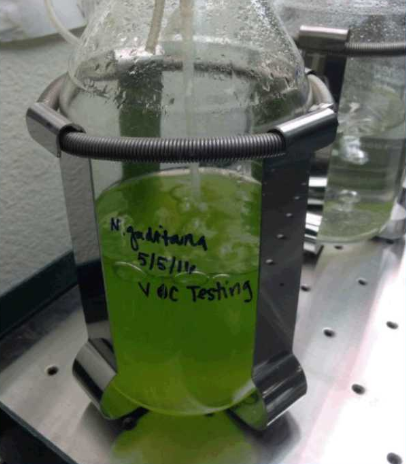
Future
Sandia will continue research on geochemistry in nanoconfinement and pore space, including applications of chemo-mechanical processes in fracture. Using our experience in membrane technology, materials, solvents, and advanced manufacturing, teams will continue the economic utilization of CO2, enhanced oil recovery, synthetic fuels, and waste ash.
Future work includes improvement of energy technologies including efficient use of coal energy through optimization of power plant design for Institute for the Design of Advanced Energy Systems (IDAES), closing technical gaps and commercializing the Brayton cycle, expansion of combustion research and application of machine learning to subsurface injection of CO2.
Contact
Erik Webb